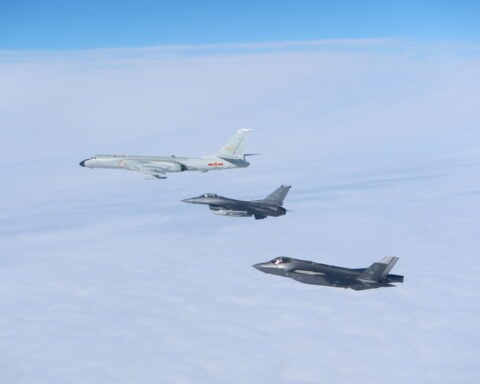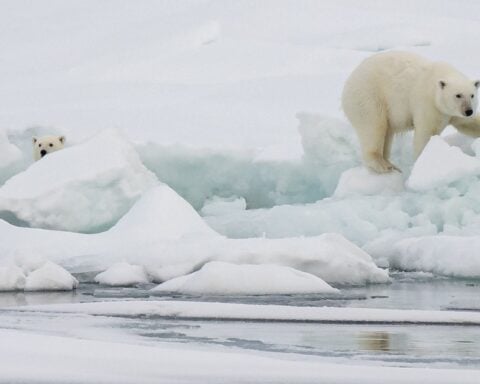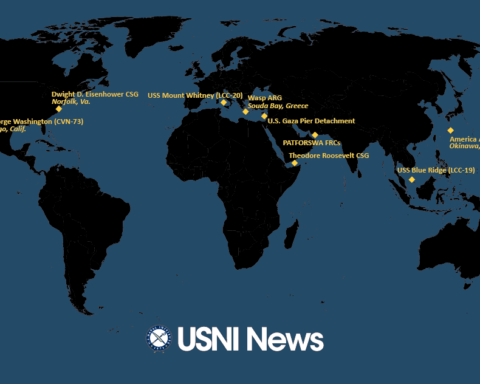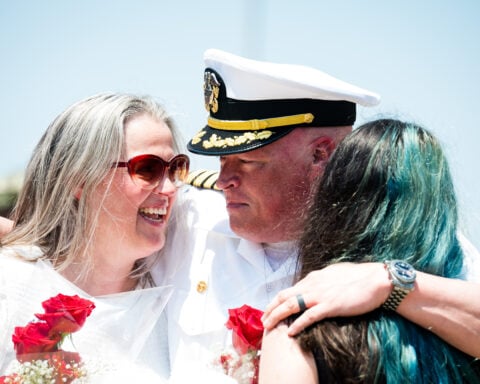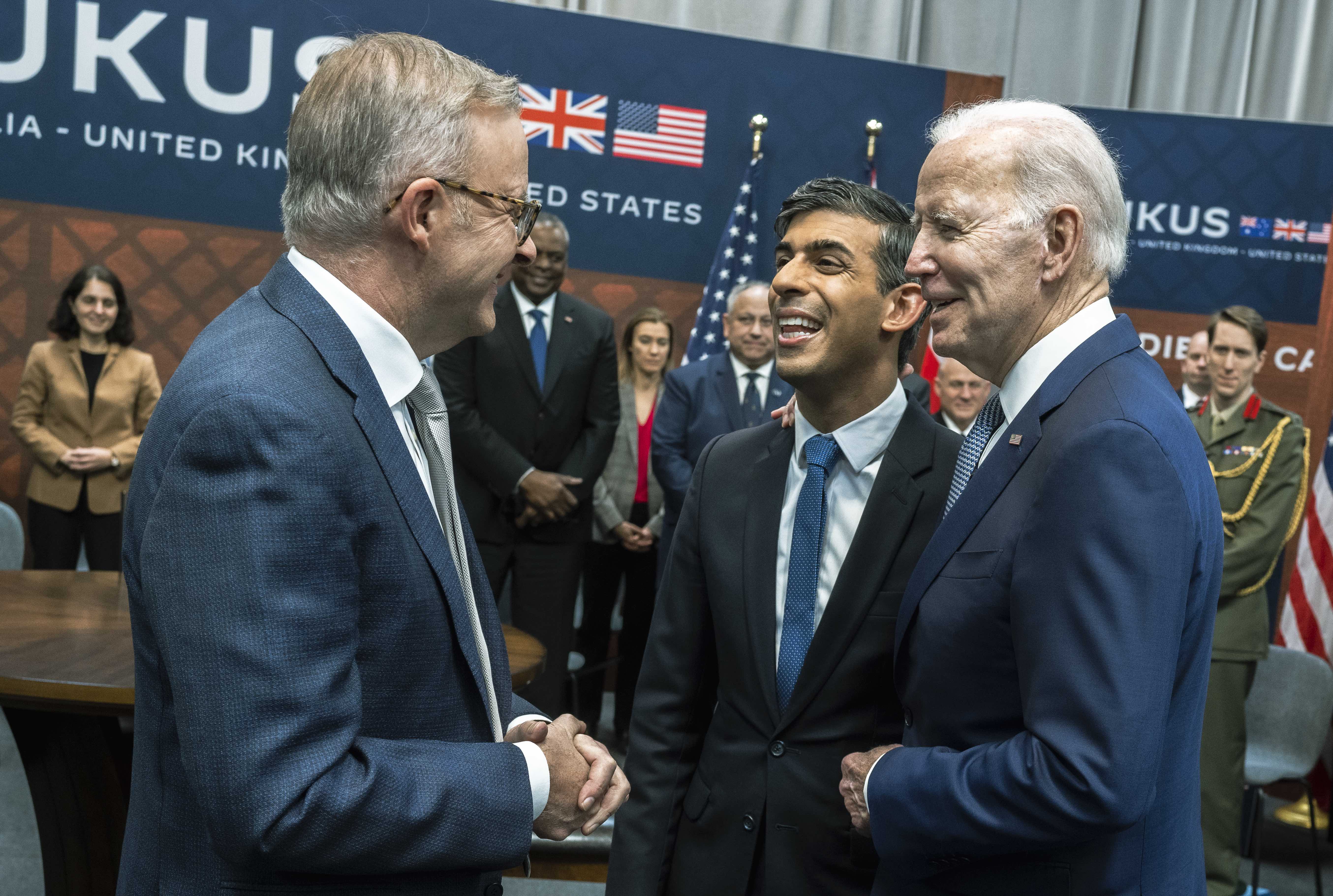
The White House’s senior coordinator for the Indo-Pacific is “confident” that Australia, the United Kingdom and United States can meet the challenge of Canberra fielding its own nuclear-powered submarine force.
Speaking Monday at the Center for Strategic and International Studies, Kurt Campbell said that after 18 months of intense study and discussion, “we have the necessary understanding” of what must be done to build and maintain the submarines and also to explore technology transfers among the three allies.
Chief of Naval Operations Adm. Michael Gilday said the conversations among the three navies’ leaderships over the last 18 months were candid in judging risk, seeing how the arrangement was progressing and where it wasn’t moving as fast as expected.
“We don’t underestimate difficulties that can lie ahead,” Gilday said.
He added that the military-to-military discussions can provide a “shock absorber” in addressing later challenges.
The U.S. has 80 years of history in developing, deploying and maintaining nuclear-powered submarines, which means “this is not starting from scratch” from the United States’ standpoint, Campbell said. It’s “a legacy Australia can draw on” in developing the infrastructure needed, training a workforce to build and maintain nuclear-powered submarines and training sailors for safe operations.
Gilday cited Vice Adm. Hyman Rickover’s reminder of the Navy’s dedication to safety following the accident at the Three Mile Island nuclear power plant in March 1979.
“We have never wavered from them,” he said of Rickover’s original safety requirements for a nuclear Navy. The key is “staying true to [the standards] and holding each other accountable.” Doing those two things “can keep you out of trouble.”
Gilday added that the first Australians will graduate next week from the Navy’s Nuclear Power School in Charleston, S.C.
“These guys are excelling,” all above the median in class standing, Campbell said. “We have high confidence we can help [the Royal Australian Navy] along this path.”
Gilday called the agreement between Australia, the United Kingdom and the United States, known as AUKUS, “a natural next step.” He said the three nations are taking a phased approach in moving from interoperability to interchangeability.
In the future, four U.S. submarines could deploy from Perth as the nuclear “eco-system,” his phrase, is operating in Australia. “It’s not something that happens overnight,” the CNO said.
“We’ve never taken a step like this before,” Campbell added. “This is a long-term partnership” that will extend beyond the 30 years it’s expected to field the first Australian nuclear-powered, but conventionally armed submarine. AUKUS also signals to other allies like Japan, Korea and the Philippines and partners like Singapore that Washington “is going to play a powerful role in the Pacific now and into the future.”
Asked where the two submarines the United States has said it will provide Australia in the interim will come from, Gilday said, “it’s too early to give you an answer.”
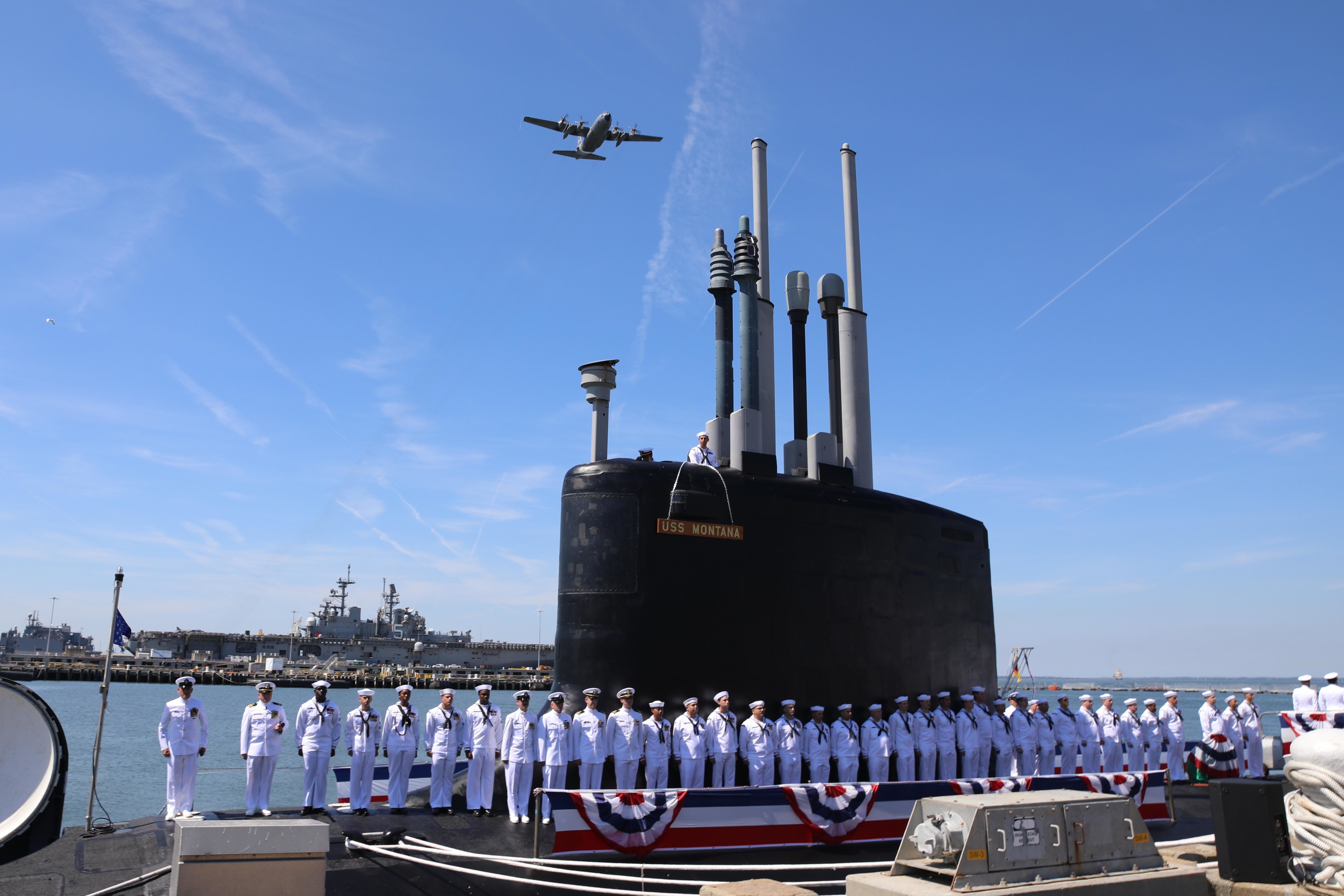
“We’re aspirational on two [Virginia-class] submarines” being built each year, Gilday said. General Dynamics Electric Boat and HII Newport News Shipbuilding are making progress on meeting the two sub requirement.
Campbell found it “troubling, the number of subs in dry dock” waiting for and undergoing prolonged repair, referring to Los Angeles-class submarines like USS Boise (SSN-764), which has waited years for repairs because of backlogs at the public and private shipyards.
On the AUKUS agreement’s second pillar, technology transfer, Gilday and Campbell saw great potential for working with other close allies in artificial intelligence, anti-submarine warfare and unmanned systems.
“The key will be ‘what do you bring to the table’” when nations like France and New Zealand indicate they want to explore technological exchange with the United States, as well as with the United Kingdom and Australia, Campbell said.
“Watch this space,” he added.
As for the three AUKUS partners, Campbell said they are “cataloguing particular areas we might build upon” to benefit each other.
Gilday said this fall that the U.K. and Australia will join in a major exercise involving unmanned systems and AI. He added that the U.S. is continuing to use unmanned systems and AI with U.S. 5th Fleet’s Task Force 59 to see how they could fit into operations. U.S. Southern Command will do the same work with unmanned platforms to help nations in that region combat drug and human trafficking and illegal fishing.
“I have every indication this [commitment to AUKUS] will be sustained” in the three nations as administrations change, Campbell said. He saw bipartisan support for it continuing in future congresses as a means to deter China’s ambitions and maintain stability and security in the Indo-Pacific.


